Thomson-East Coast Line hit by two-hour disruption after signalling fault; SMRT apologises
Train services on Singapore’s Thomson-East Coast Line (TEL) were suspended for about 30 minutes on 17 September 2025 due to a signalling fault, with full recovery only achieved after more than two hours. Commuters reported confusion and frustration over delays and communication lapses.
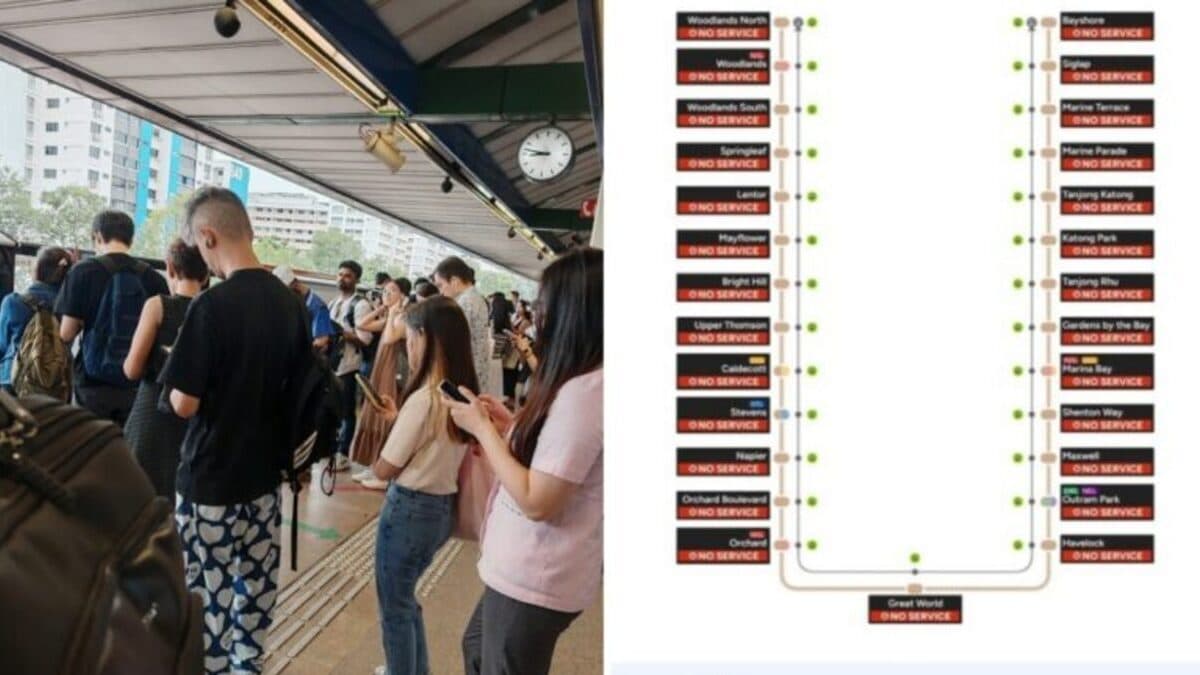
- A signalling fault on the Thomson-East Coast Line caused over two hours of disruption during morning peak hours.
- SMRT suspended services for system recovery, later resuming full operations at 8.54am.
- Commuters criticised SMRT’s communication and raised concerns over recurring MRT reliability issues.
SINGAPORE: Train services on the Thomson-East Coast Line (TEL) were disrupted on the morning of 17 September 2025 after a signalling fault occurred at about 7.10am.
SMRT confirmed that services were suspended for around 30 minutes to reset the system, though full recovery took more than two hours.
SMRT Trains president Lam Sheau Kai said in a Facebook post at 9am that the suspension was necessary to restore operations, apologising for the inconvenience caused to commuters.
The operator first notified commuters at 7.29am via X and Facebook, advising an additional 15 minutes of travel time while trains continued running.
By 7.55am, SMRT announced the availability of free regular bus services between Woodlands North and Bayshore, indicating a wider disruption.
At 8.29am, the operator confirmed a full suspension of TEL services to facilitate system recovery.
Trains began resuming progressively from 8.38am, and by 8.54am SMRT declared that operations between Woodlands North and Bayshore had fully resumed.
Commuters report earlier issues and poor communication
Despite official reports, some passengers said problems started before 7.10am, with trains stalling or moving slowly as early as 6.30am.
One commuter wrote on Facebook: “It’s a disaster. Never experienced this before. The buses were so full, and then no more free bus ride. I’m still in the train, and it’s already 9.44am. Taxi would cost about S$40.”

Another commuter said they boarded at Woodlands South at 6.50am and reached Lentor only an hour later.
Several passengers reported being stranded at stations for long periods, with one noting that a short trip from Woodlands to Mayflower took more than an hour.
Many criticised SMRT’s initial communication, arguing that the early advisory of an extra 15 minutes’ travel time understated the scale of the disruption.
One commuter remarked that “rather than 15 minutes, we were stuck in stations for about that period instead.”
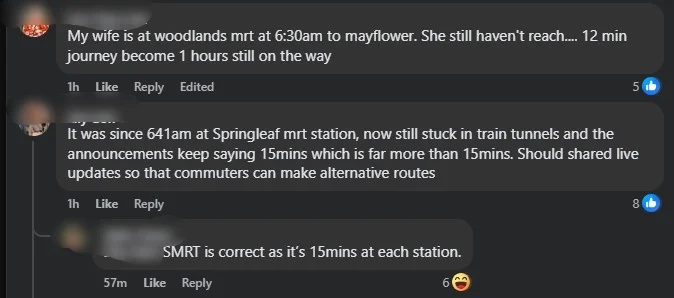
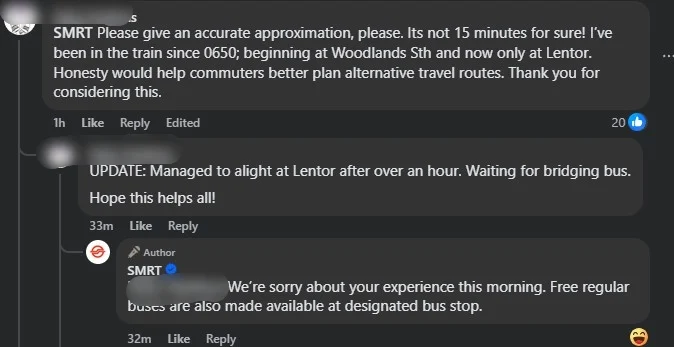
Broader concerns over rail reliability
The incident reignited discussions about the reliability of Singapore’s MRT network.
Some commentators questioned whether frequent faults reflected deeper systemic issues, including manpower shortages in rail engineering and maintenance.
Proposals floated online included creating structured rail engineering traineeships similar to those in the aerospace sector, offering competitive salaries of around S$3,000 per month to attract fresh talent.
Others suggested that SMRT set measurable performance targets — such as limiting major disruptions to one per month — to track and improve reliability over time.
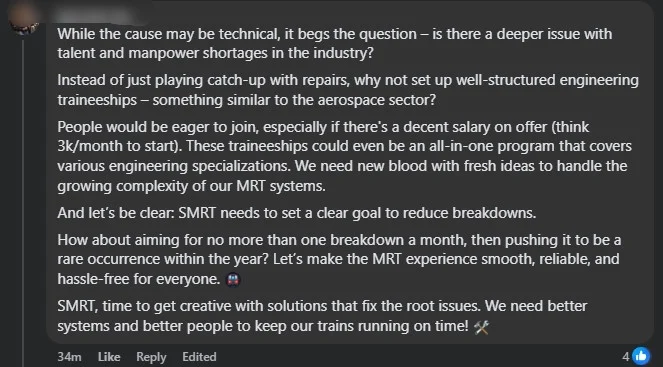
Recent spate of train and system disruptions
The TEL disruption marked the second major incident within 12 hours.
On the night of 16 September, a power supply fault affected services across six stations on the East-West Line.
Just days earlier, the Punggol LRT had been disrupted for about three hours on 13 September due to a system fault preventing trains from being launched from the depot.
A separate five-hour power fault on 12 August crippled the Sengkang–Punggol LRT, while another on 15 August caused a three-hour outage across all 29 stations on the network.
The problems have not been confined to a single line.
On 2 September, a train fault on the North–South Line delayed services for 25 minutes between Woodlands and Yishun, while on 6 August, the East-West Line suffered a five-hour breakdown.
In July, the TEL also experienced a one-hour signalling fault, and the Bukit Panjang LRT faced two separate power-related suspensions in the same month.
Government response and public accountability
Acting Transport Minister Jeffrey Siow has acknowledged mounting public frustration, describing the recent series of incidents as “disappointing.”
Writing on Facebook on 6 August, he said that Singapore’s transport operators “can and will do better.”
He added that the “One Transport family” — comprising the Land Transport Authority (LTA), SMRT, and SBS Transit — would continue efforts to strengthen the rail network’s reliability and resilience.
The LTA has previously said it is working with operators to improve fault detection systems and accelerate upgrades for older components across all lines.
The TEL, one of Singapore’s newest MRT lines, continues to open in phases and is expected to eventually connect the northern regions with the eastern coast.
While the line’s completion is set to enhance connectivity, repeated disruptions since its opening have raised public concern over maintenance standards and operational readiness.


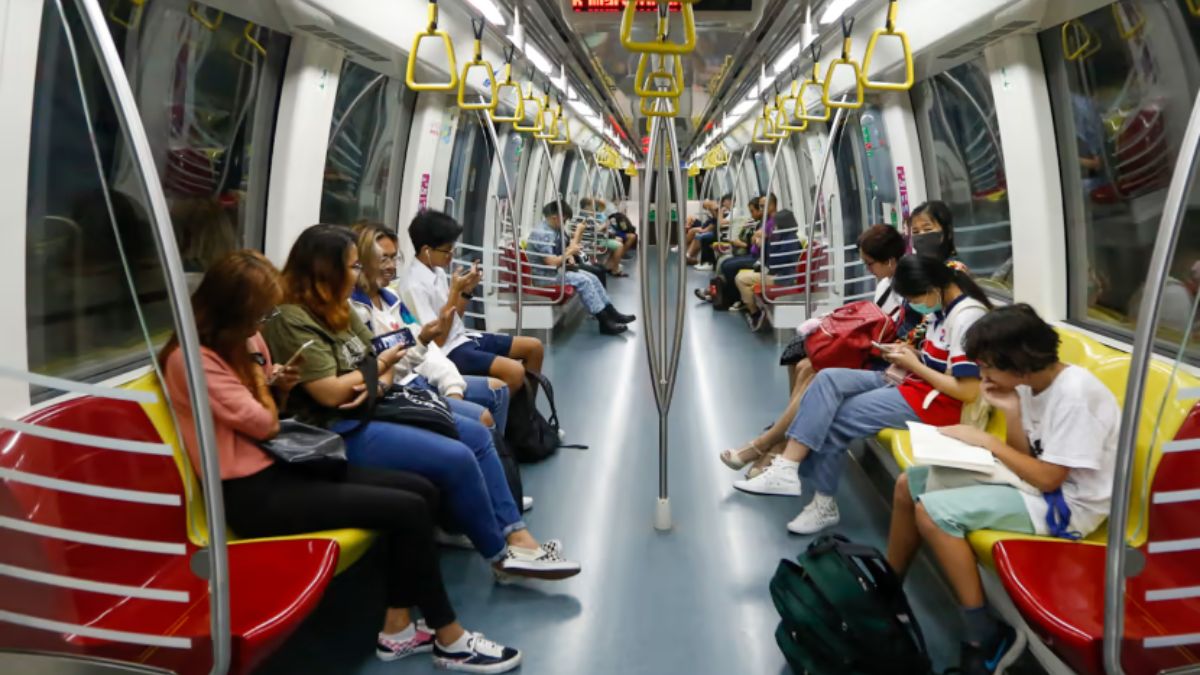
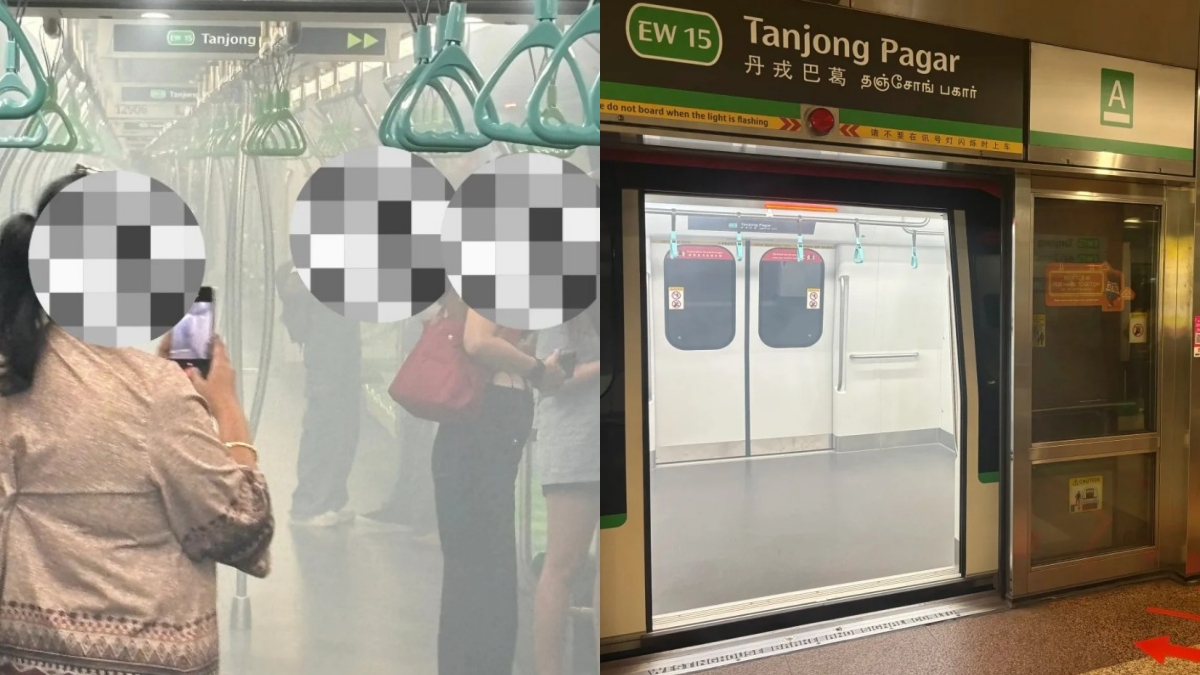
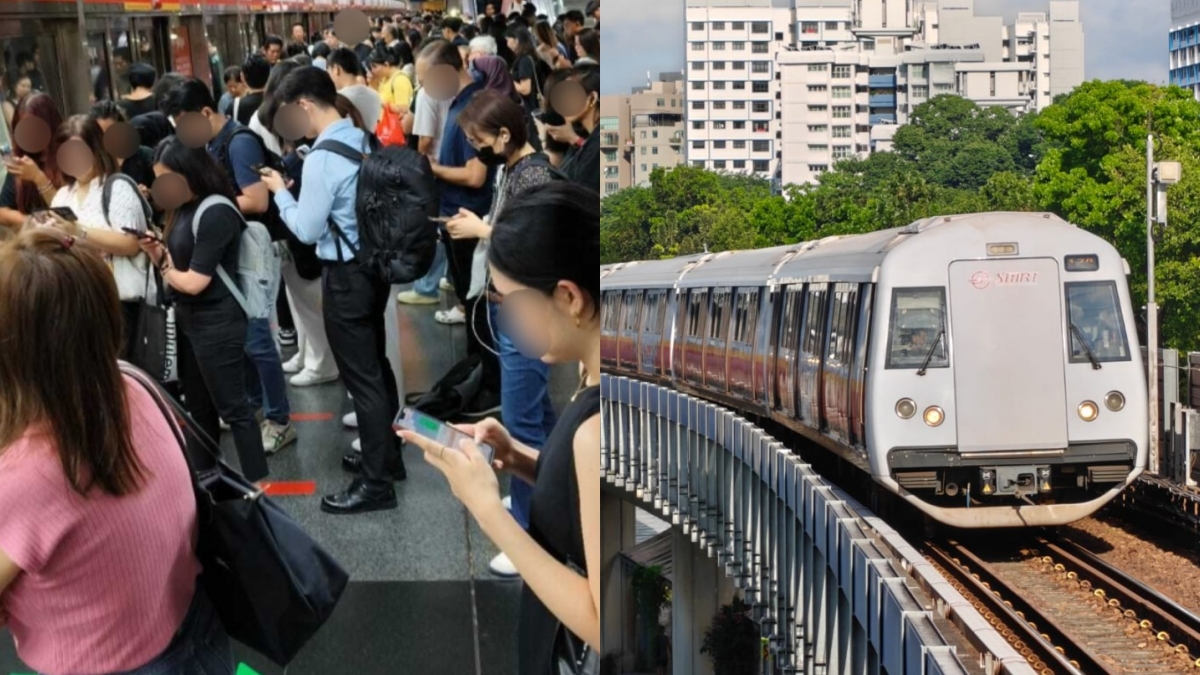

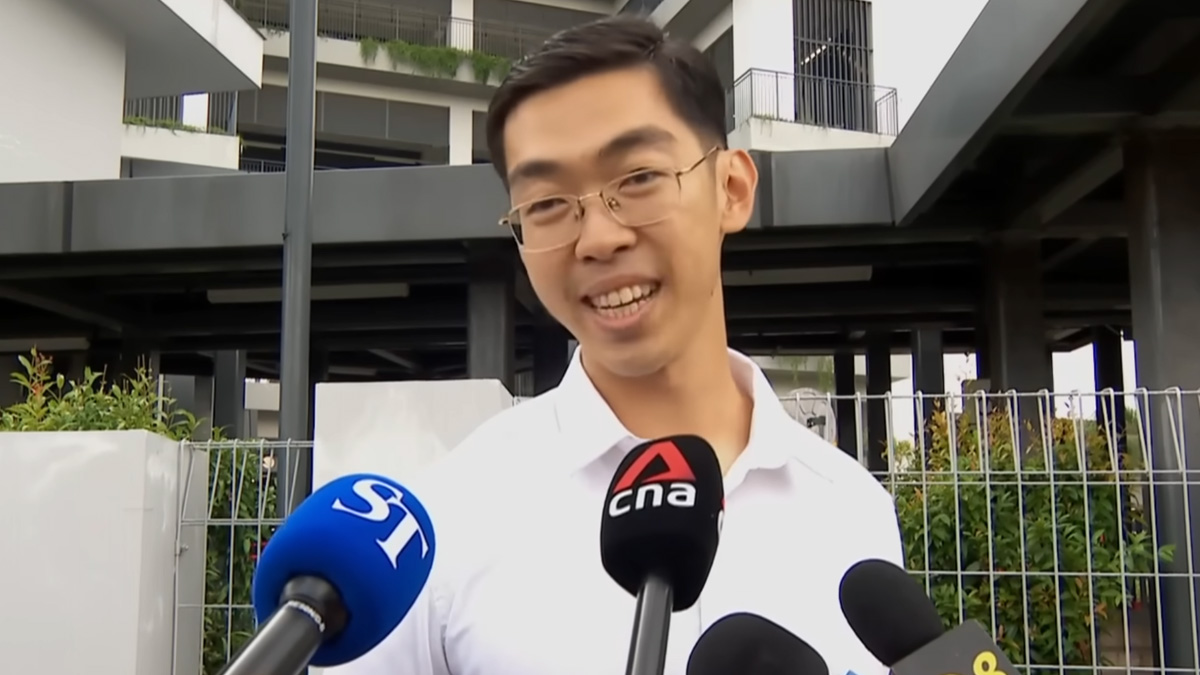

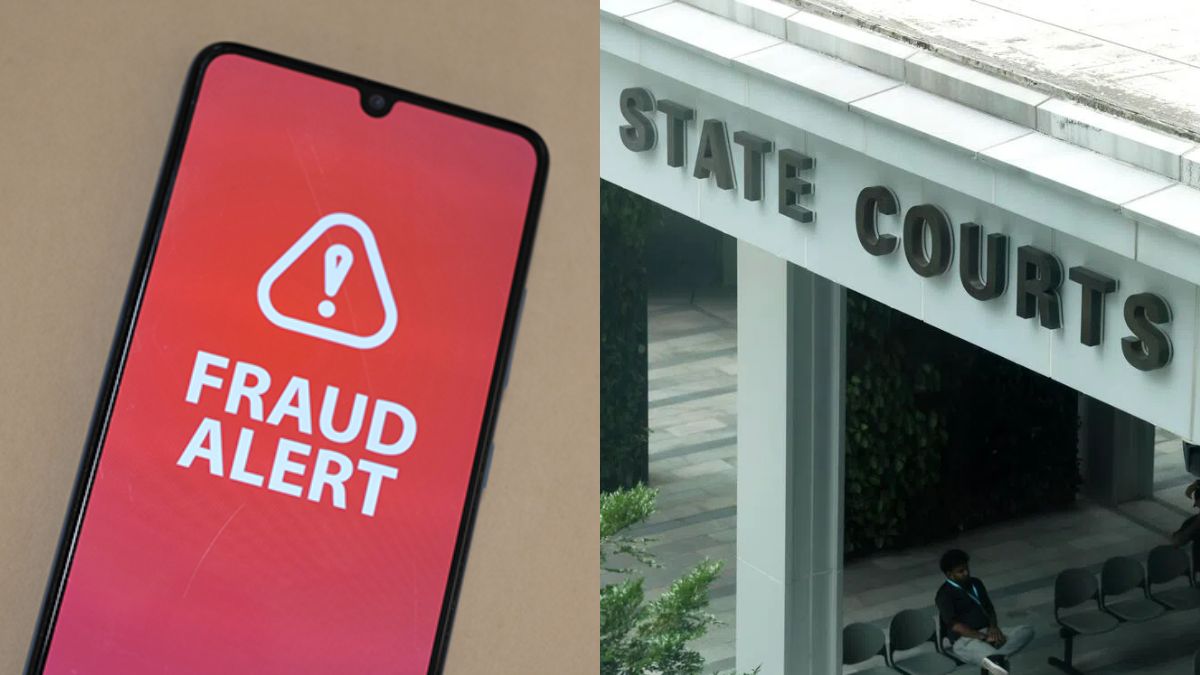



0 Comments